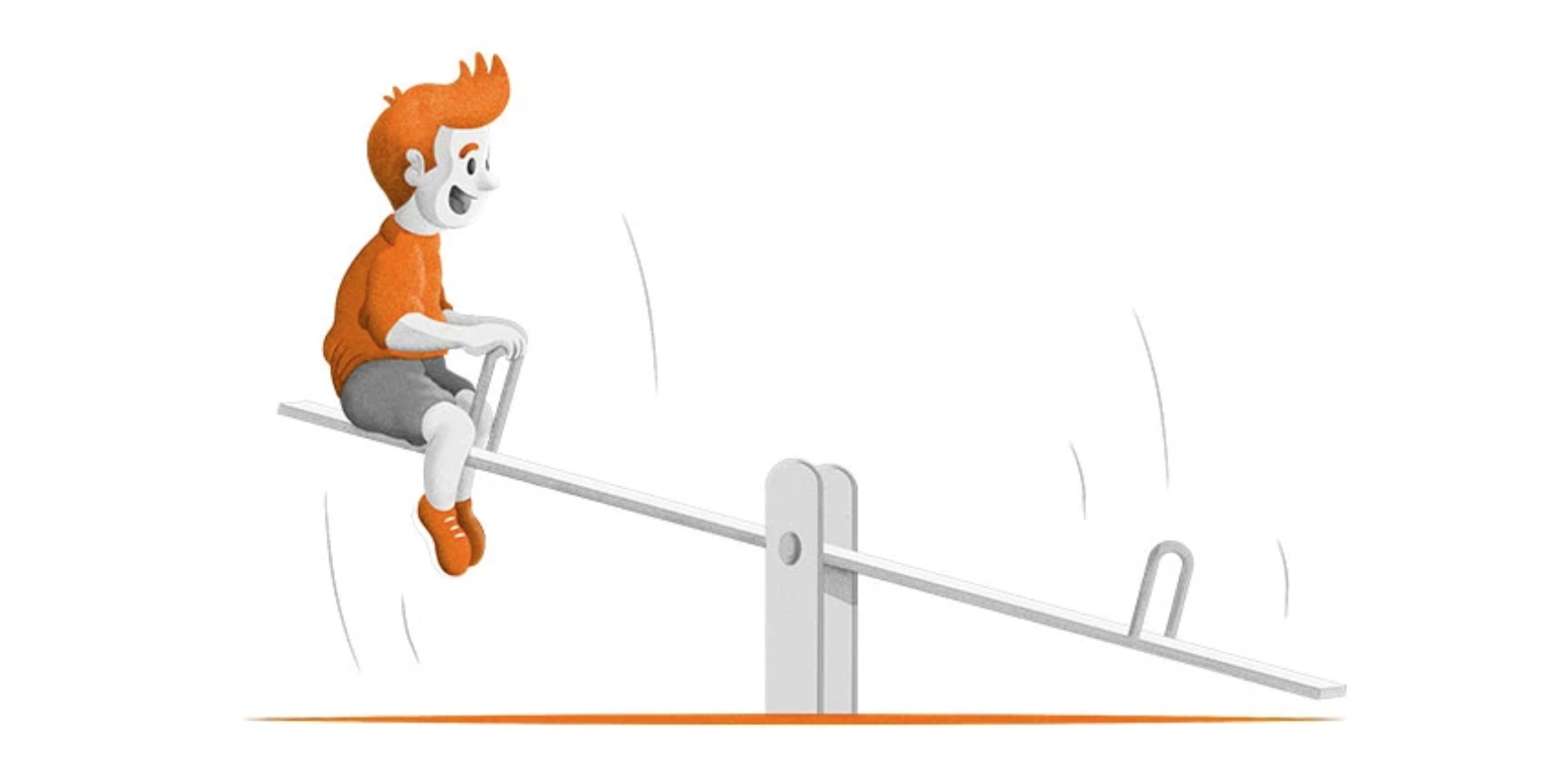The imaginary friend

The imaginary friend is “an invisible character or personified object that takes part in children’s conversations or plays with them for a long period of time, at least several months”. The relationships are not identical; with personified objects the relationship is usually hierarchical, while with imaginary friends it is an egalitarian relationship. Peers tend to value the child who has an imaginary friend more highly than the child who has a personified object. Although the children who have created them may describe them in enormous detail, they often understand that their imaginary friends are not real. Some children can “see” them, while others only “feel their presence.” Originally, imaginary companions were described as supernatural creatures and spirits attempting to connect people to their past lives 1. They can be people, but they can also take the form of other characters such as animals or abstract entities such as ghosts, monsters, robots, aliens, or angels.
Two-thirds of children under the age of seven have an imaginary friend. Research has shown that initially girls are more likely than boys to develop imaginary friends, but once they reach school age, boys and girls are equally likely to have an imaginary companion. Research has often reiterated that there is no specific “type” of child who creates an imaginary friend, although first-born children are more likely to have an imaginary friend than later-born children. It is believed to be because the young child without a sibling to play with needs to socialize, so he or she creates an imaginary friend to develop social skills.
Imaginary friends serve many different purposes: in some cases it is simply something fun and allows for different games, but it can also be a way to express fears or to explore emotions about the mysterious world of adults. Imaginary friends can also help children cope with real difficulties. Child psychologists have found clear evidence that imaginary friends provided mental support for children who had very tough issues, from those in child protection systems to those who had to endure the deep wounds caused by war and conflict.
Studies have found that children with imaginary friends have a greater capacity for mentalization than children without imaginary friends; that is, they are better at understanding other people’s mental state, understanding what they feel or think, and putting themselves in their shoes. They have on average a better vocabulary, greater language skills and retain knowledge more quickly than those without, which may be because these children have more language practice than their peers in having “conversations” with their imaginary friends. Over the past decade, psychological studies have been accumulating evidence that imaginary friends help children communicate better, exercise their imagination and, above all, solve problems. In fact, some children even have situation-specific imaginary friends to help solve specific problems. These children are also better at interpreting emotions, including recognizing basic emotions, understanding the impact of the situation on emotions, and having better control of emotional expressions. In short, it’s good to have an imaginary friend if it doesn’t keep you away from social interactions with real children.
Children with imaginary friends are better on tests where understanding of false beliefs is assessed 2. A plausible explanation is that playing with their imaginary friend may improve children’s pretending skills. During such play, the child and his or her fictitious partner must switch roles and imagine each other’s internal mental processes. This simulation process may extend to predictions about another person’s actions and facilitate neurodevelopment, including the understanding of false beliefs. The other plausible explanation is that pretend play, including play with the imaginary friend, helps children distinguish between the internal, psychological, personal world and the external, real, social world. In pretend play, children attribute to an object with a real identity a pretend identity (e.g., a carrot is also a microphone). The process of pretend play with the imaginary friend can help children develop an understanding of the false beliefs of others.
For many, the imaginary friend will disappear as they grow older, for others they will always be with them. Agatha Christie, in the autobiography she wrote at the age of 70, said that she still talked to her imaginary friends and how much they helped her. They encouraged her to finish the exhausting last chapters of novels, pushed her to be a better person, and even kept her company in moments of loneliness. Kurt Cobain addressed his suicide note to Boddah, his imaginary childhood friend. It is possible that our passion for fictional stories, in novels, movies or even when we daydream, has to do with this inner life of our brain that builds worlds just by thinking about them. In fact, adult fiction writers often talk about their characters taking on a life of their own, which may be a process analogous to children’s imaginary friends. In addition, fiction writers are more likely than average to have had imaginary friends as children 3. Maybe their brains are trained to create and give life to fictional characters.
References
- Klausen E, Passman RH (2006) Pretend companions (imaginary playmates): the emergence of a field. J Gen Psychol 167 (4): 349–364. ↩
- Lin Q, Zhou N, Wan Y, Fu H (2020) Relationship between Chinese children’s imaginary companions and their understanding of second-order false beliefs and emotions. Int J Psychol 55(1): 98-105. ↩
- Taylor M, Hodges SD, Kohányi A (2002) The Illusion of Independent Agency: Do adult fiction writers experience their characters as having minds of their own?”. Imagination, Cognition and Personality 22 (4): 361–380. ↩
1 comment
[…] Pertsonai ikusezina da irudizko laguna, denboraldi batez pertsona baten alboan dabilena. Tom Hanksek boleibol pilota izan zuen “Naúfrago” filmean. Zazpi urte baino gutxiagoko umeen bi herenek dute irudizko laguna. Zer esaten digu honek? JR Alonsoren The imaginary friend […]